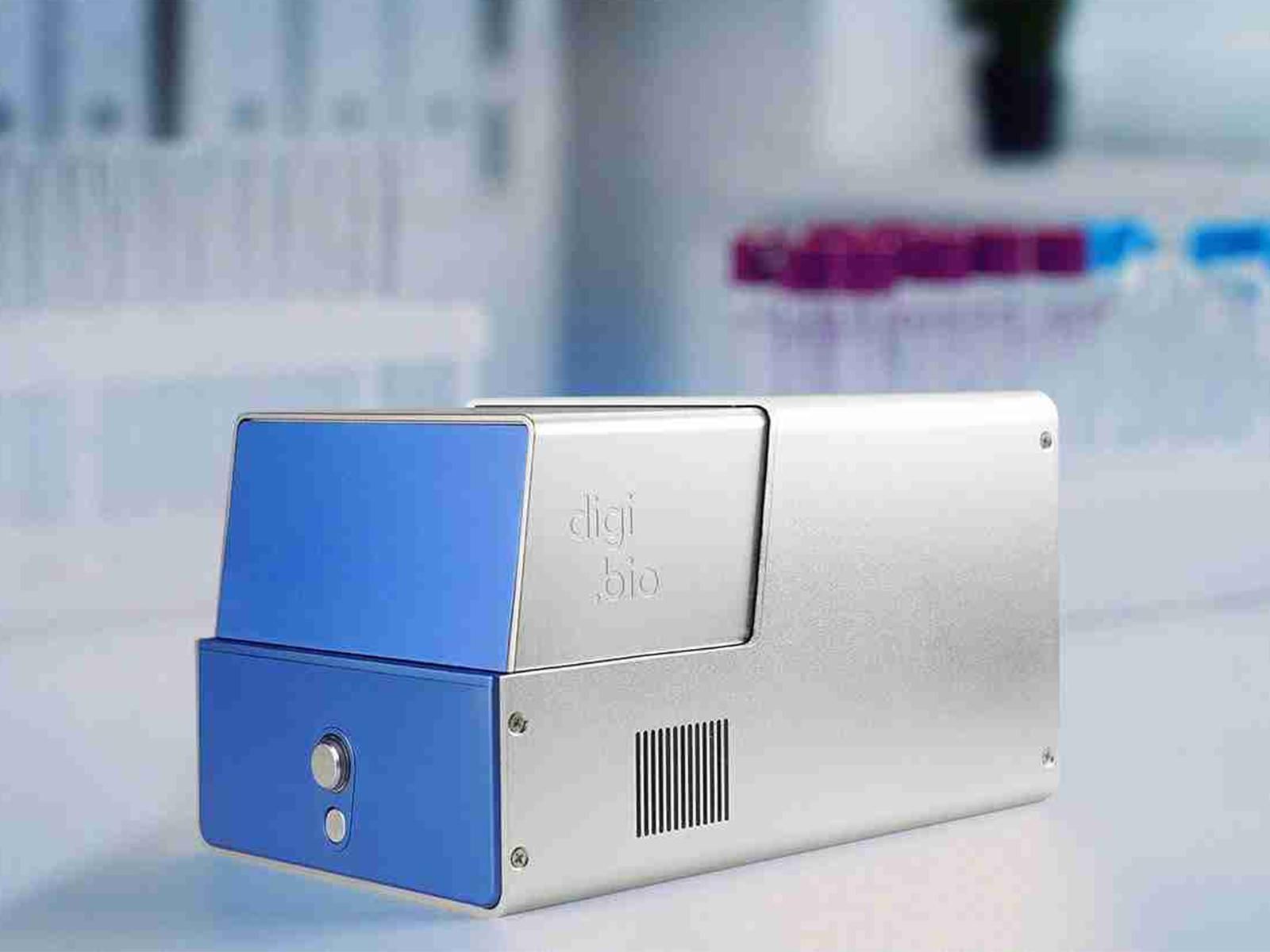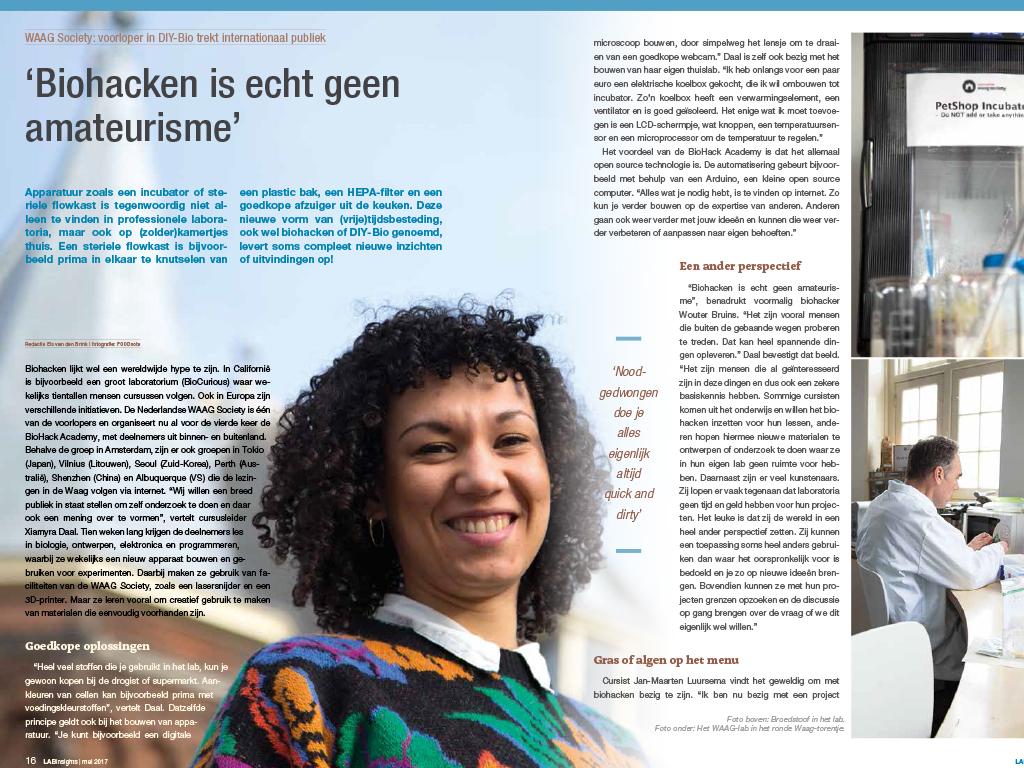Currently, Claudia Marginean from Constanta, Romania is working on the 'Mystery Meat' experiment at the Open Wetlab, which we hope to turn into a workshop in the Autumn. She is looking at meat samples to identify exactly what kind of meat is in them. Can you trust the ingredients listed on your sandwich packaging... or are you on the verge of uncovering another horsemeat scandal?
For the experiment we use meat samples and if the sample contains chicken, beef, pig, sheep and/or horse meat, we'll be able to prove it by so-called DNA barcoding. The protocol for this experiment was developed by French DIY Bio enthusiasts during the 2013 horse meat scandal. Claudia is using this experiment as a pretext to learn how to work with some of the equipment (centrifuge, PCR, gel electrophoresis), how to extract DNA, to get accustomed to working in the Wetlab and how to translate into practice a protocol.
What is DNA barcoding?
This is a process that can identify animal species by looking for specific sections of DNA. DNA barcoding was developed around 2003, and ten years later a simpler, cheaper version of the process has been developed for DIY Bio enthusiasts by Parisian community lab, La Paillasse.
A similar sounding concept to DNA barcoding is DNA fingerprinting, which is used to identify individuals rather than species. DNA fingerprinting was invented in 1986 and recently saw the inventor of DNA fingerprinting, British scientist Alec Jeffreys, receive the world's oldest science prize in recognition of his work.
The Open Wetlab has already hosted a workshop on DNA fingerprinting and all the necessary tools are available at the lab. Why not take inspiration from Sascha Karberg, a German DIY Biologist who was tired of finding dog poop left all over his street. So Sascha threw tennis balls to the dogs, extracted DNA from the saliva-covered balls, and compared it to DNA samples from the dog poop to identify the offending dog. Unfortunately, there is no available video of Sascha's triumphant confrontation with the dog's owner.
The Open Wetlab equipment used in this project include the centrifuge, thermal cycler, and gel electrophoresis kit. The procedure, which is based on the concept of DNA barcoding, involves extracting DNA from meat, amplifying it using PCR and specially designed DNA primers, then sorting the mixture using gel electrophoresis.
However, as with nearly all scientific experiments, there have been unexpected setbacks... In our latest session DNA was successfully extracted from the meat samples, but the centrifuge machine broke, bringing procedures to a halt for the night.
This procedure could be highly useful for all kinds of food-related investigations, such as testing halal or kosher foods for forbidden animal products. Or, as these US high school students did, whether your high-priced restaurant sushi is actually a cheaper substitute.


